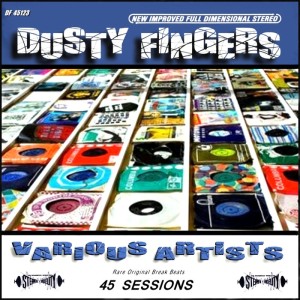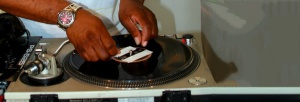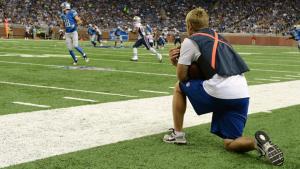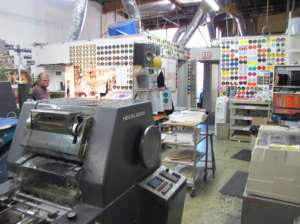
Image: djtechtools.com
With over 19 years in the IT industry, Duane Wardell specializes in Oracle and INGRES database administration. Aside from work, Duane Wardell enjoys mixing music using vinyl records.
While many modern DJs may opt for the ease of digital mixers, MIDI controllers, and synced devices, aspiring DJs should consider starting with vinyl. Here are three of the reasons fledging DJs should unplug the computer and learn to mix using vinyl records.
1. Learning to Trust Your Ears – Digital music is perfect, meaning the music files do not show any wear and tear, and always present the same BPM and feel regardless of your equipment. Vinyl, on the other hand, is imperfect. Records degrade, and traditional turntables are all different. Learning to find the correct BPM through slowing down or speeding up a record so the sound from both turntables is cohesive teaches you agility and brings you closer to the music, as you have to learn to feel and hear these discrepancies.
2. Music Selection – Anybody can visit a music blog or website to download the hottest songs. You could fill a device with 100GB of music and have the club hopping in no time. While this is a good thing, using vinyl teaches you to be selective and careful when choosing records. It forces you to critically think about what would go well together, and what you will take with you for your next gig. This extra care and consideration helps ensure each record and track you choose is important, not just filler.
3. Dedication – It is harder to learn your craft on a traditional turntable, which means it will require more practice, commitment, and dedication. This extra effort will translate into skill and experience that your digital counterpart may lack.







